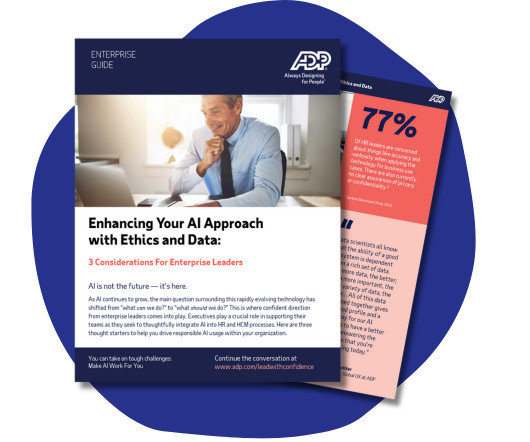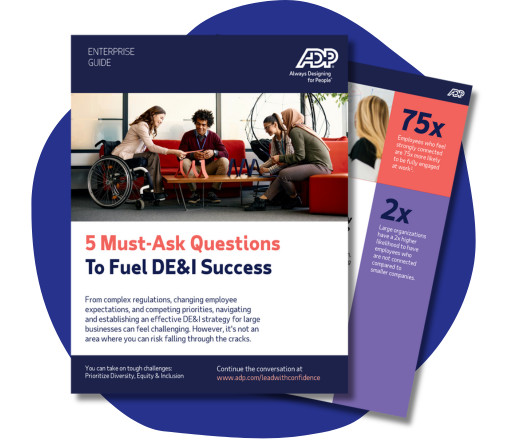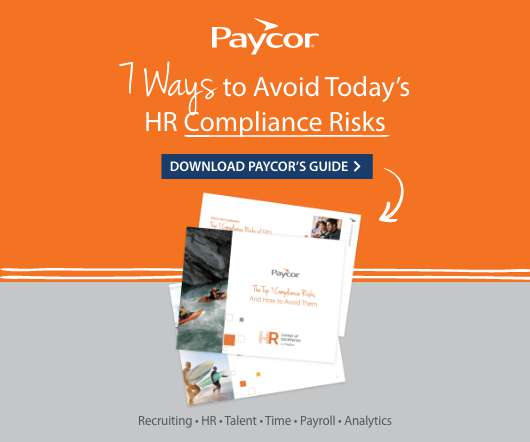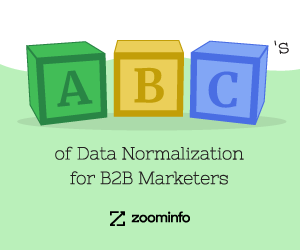Leveraging Data Analytics for Strategic Workforce Planning
EmployeeConnect
MARCH 26, 2025
Today, HR systems equipped with advanced data analytics capabilities enable businesses to make informed, data-driven decisions that enhance workforce efficiency and productivity. By leveraging real-time workforce data, HR leaders can identify where employees are most needed and redistribute resources accordingly.
























































Let's personalize your content